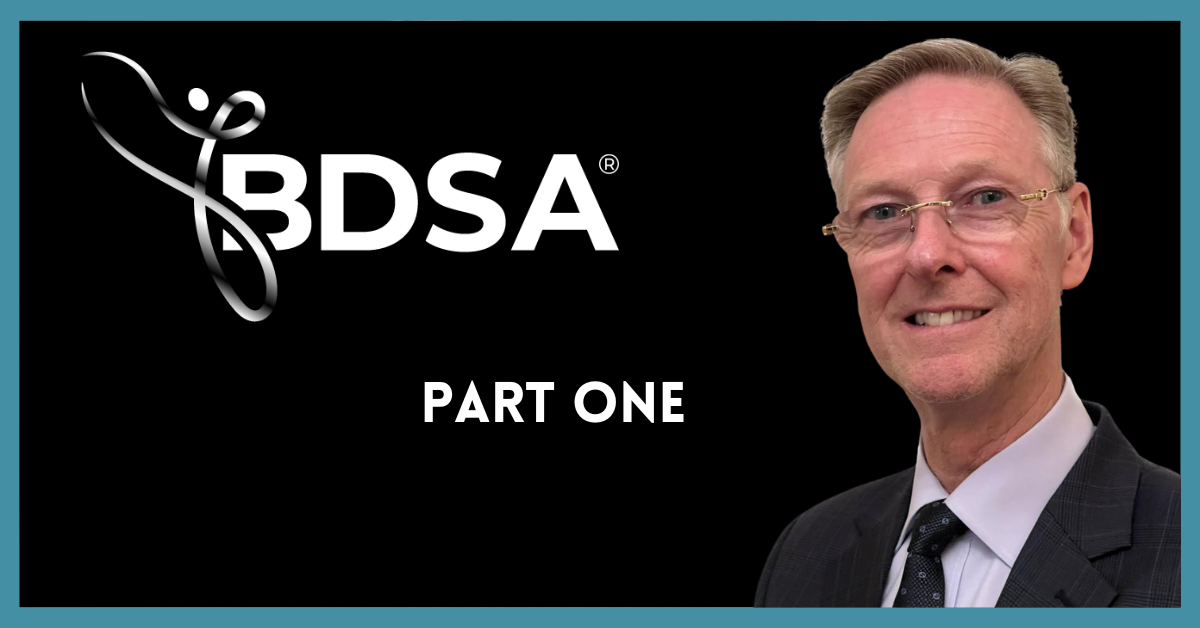The BDSA Has Launched a National Safeguarding Framework – What Dance Teachers Need to Know

At Teach.Dance, we understand how many roles a dance teacher takes on. You’re not just there to teach technique, you’re helping young people grow in confidence, stay active, and express themselves. It’s a big responsibility, and one that needs to be backed by strong safeguarding.
That’s why we’re supporting an important new initiative from the British DanceSport Association (BDSA), the National Safeguarding Framework for Extracurricular Activities.
The framework was launched in July 2025 to address a clear and serious issue: extracurricular settings like dance schools are not currently required to follow the same safeguarding rules as schools. The BDSA is now urging the UK Government to adopt the framework and make it law.
We believe dance teachers should be at the heart of this conversation.
Why is this needed?
Right now, many extracurricular providers, including dance schools, operate without consistent safeguarding rules. Unlike schools, there’s no legal requirement for background checks, safeguarding training, or even having a safeguarding lead.
That means a child’s level of protection can vary depending on where they live or who’s running the session.
In a sector that works with so many young people, that’s not good enough.
What the framework proposes
The BDSA’s framework lays out a practical and consistent approach for all activity providers. It includes:
- All organisations must be part of an awarding, regulatory or governing body
- Each organisation must have a Designated Safeguarding Lead (DSL)
- All staff and volunteers should complete annual safeguarding training
- Enhanced DBS, PVG or AccessNI checks must be carried out for anyone working unsupervised with children
- Safeguarding policies, reporting processes, and risk assessments must be in place
- A national register of providers will be created so parents can make informed choices
The aim is to create a safer, more trusted environment for children and vulnerable adults in all extracurricular settings.
Why this matters to dance teachers
If you’re already doing safeguarding well, this will probably feel like confirmation of what you know is right. But for too long, others in the industry have been able to operate with little or no oversight, which can damage public trust and put children at risk.
This framework helps to:
- Set a clear national standard for dance providers
- Give parents and carers greater confidence in your classes
- Raise the professionalism of our industry
- Make sure all children are protected, regardless of where they train
It’s not about ticking boxes. It’s about making sure dance remains a space where children can feel safe, supported, and respected.
What you can do now
The BDSA has done the hard work of building the framework. Now they’re campaigning for it to become part of UK law – and they need the support of the dance community.
Sign the petition
Show your support by signing the national petition. Every signature adds weight to the call for proper safeguarding legislation.
Start preparing
Even before the framework becomes law, it’s a good idea to check your safeguarding practices. Do you have a Designated Safeguarding Lead? Are staff up to date with training? Is your Safegurading policy clear and accessible?
Need help – join the BDSA here.
This affects all of us
From football to gymnastics, the UK has seen too many safeguarding scandals in extracurricular settings. Dance should be leading the way, not catching up.
This is a chance to protect the children we teach, strengthen the reputation of our profession, and help shape a future where every dance class is a safe place to learn, grow and thrive.
Learn more about the framework: www.bdsassociation.com/nsf
Join the conversation: BDSA Community Group
Safeguarding shouldn’t be left to chance. Let’s take the lead.






Responses